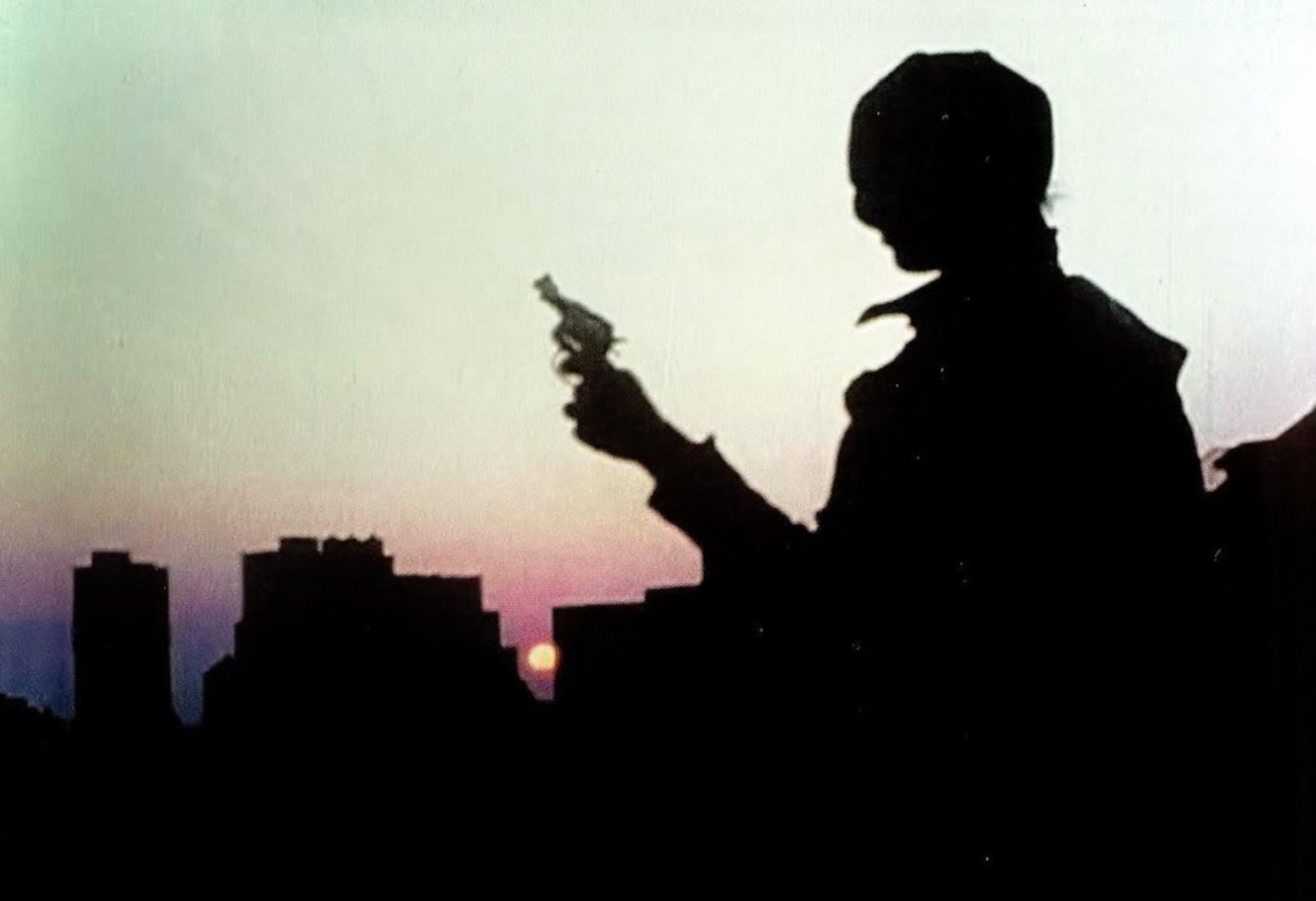Suicide - A Retrospect On LIfe, Death and Rebirth
From the fabulously deranged and cosmically complicated minds that brought you the 1977 self-titled brutalist bomb, which featured the never-ending panic attack “Frankie Teardrop”, New York-based duo, pioneers of punk, elemental electronics of enlightenment, Suicide, are regarded as one of the most influential and sonically sophisticated groups to come out of the city’s scene during a decade of spiritual solitude, and unpredictablity. Pulling from a painfully poetic place of creative crime and political paralysis, members Martin Rev and the late Alan Vega conjured a brilliant atmosphere of alienated works that would go on to set the blistering bar for minimalist material enriched in soaring synthesizers, and fermented fiction in a world that would soon be consumed by economic fallout, and cultural corruption to the fullest extent. A direct byproduct of concentrated chaos or a critical, reactionary response to the universal upheaval of the 1960s de-evolution, the ceremony was official after Vega saw The Stooges in late 1969, stating that, "It showed me you didn't have to do static artworks, you could create situations, do something environmental. That's what got me moving more intensely in the direction of doing music. Compared with Iggy, whatever I was doing as an artist felt insignificant."
Holding a seance that was seemingly in favor of Jim Morrison’s anarchy attitude, and soon-to-be departure from this moldy marble we call home, Suicide began setting roots in the radical soil just below the city’s ancient concrete for the next half decade or so before finally recording their subliminal debut towards the end of the 1970s. Having met through the AWC (Art Workers' Coalition), Rev and Vega, alongside Paul Liebgott, who had accompanied the band during its intense infancy, Suicide was born, and death was only the beginning as the diabolical duo summoned sorcery, and the observant occultism found in the feverish fibers of the city’s godfather, William S. Burroughs. In mid-June of 1970, Suicide played their first show at the Project of Living Artists in lower Manhattan, which would later set the trepidatious tone for the group’s freakish future, playing at local spots such as Mercer Arts Center, the iconic Max’s Kansas City, and CBCB, before ultimately being banned.
“The name of the band was inspired by the title of a Ghost Rider comic book issue titled “Satan Suicide”. We were talking about society’s suicide, especially American society. New York City was collapsing. The Vietnam War was going on. The name Suicide said it all to us.”
Labeled as dangerous, violent, absurd, and lyrically liberating by fans and critics alike, Suicide was on a melodic and merciless mission to divide and conquer the esoteric environments their peers once inhabited in the decades prior, without so much as a trophy or romantic review to sink their vampiric teeth into that hadn’t already been said by the late Lester Bangs. Combining pop, the newly established properties of ‘punk’, and the sorceress static produced by the hissing feedback from Rev’s Italian-made Farfisa keyboards, and naked vocals from Vega’s tonal throat that were cast deep into the public’s psyche, the band changed the climate of modern music, making it so that punk, no-wave, and new-wave could have a master to call to once the elements of fame and success became to much to bare for the more commercial layout of the 1980s. Influencing folks from U2 to Bruce Springsteen, Nick Cave, Aphex Twin, and The Human League, to name a few, their liberating legacy in music and art is poetically physical and addictively atmospheric. Having released one of the most influential and heinously harmonious albums of the ‘Me Decade’, it is without a doubt that the lingering legend of Suicide is nothing more than a notorious nightmare that quickly became reality before settling into a lucid dream for the ages.





